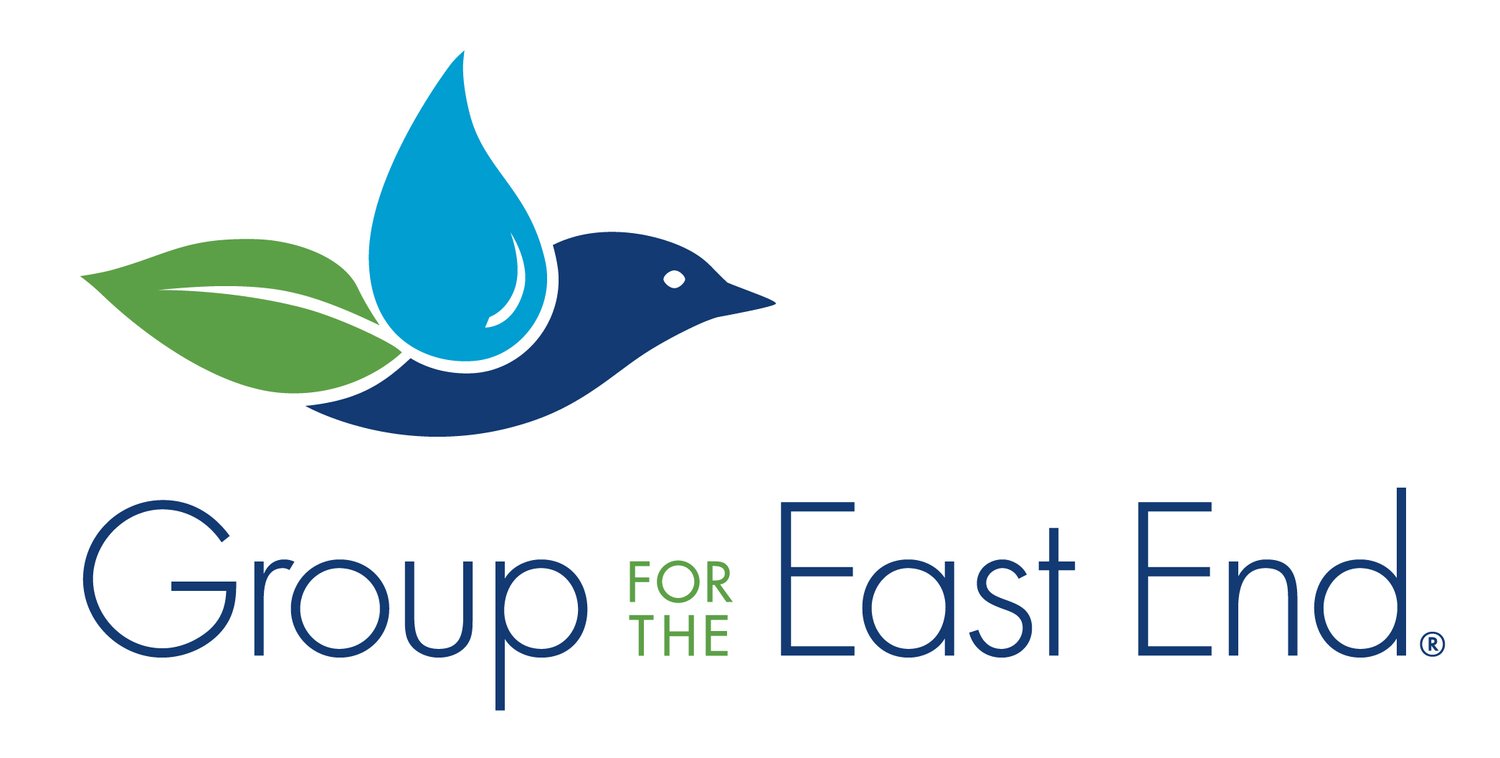North Fork Pollinator Pathway
Monarch butterfly on swamp milkweed, photo by Jay Rand
In 2023, the Group partnered with other advocates to create the North Fork Pollinator Pathway, joining the larger national Pollinator Pathway initiative to support pollinators and their habitats. Helmed by Group outreach director Taralynn Reynolds, along with fellow master gardeners Nancy DePas Reinersten and Debra Kimmelman, the goal is to inspire and educate communities to restore and connect habitat so that pollinators can thrive on the North Fork.
The North Fork Pollinator Pathway extends through the towns of Riverhead through Southold. This local pathway is part of a larger initiative of the Suffolk Alliance for Pollinators (SAP), a coalition of local groups striving to make Suffolk County a greener pollinator corridor through good gardening practices. SAP’s goal is to amplify the efforts of many groups helping residents, towns, and communities become part of the growing regional initiative led by the Pollinator Pathway.
What are pollinator pathways?
They’re pesticide-free corridors of native plants (and other non-invasive plants) that provide essential habitat and nutrition for pollinating birds and insects, such as bees and butterflies. Even the smallest green spaces—think flower boxes and curb strips—can be part of the pathway. These public and private spaces have become an important conservation across the United States.
Why do we need pollinators?
Pollinators are critical to the environment. Birds, bees, butterflies, bats, and many other species help move pollen from one plant to another, enabling fertilization, and ultimately, the reproduction and growth of new plants. 35% of our food grows as a result of the work pollinators do.
What is threatening pollinators?
Critical habitats for pollinating birds and insects are being threatened by the impacts of global warming, loss of habitat from overdevelopment, pesticides and other chemical applications on lawns, landscapes, and agricultural crops, and the spread of invasive plants.
What can you do?
Plant native species. Think more trees, shrubs, and flowers. Native species are best adapted to local conditions and are the best food sources for native pollinators. They invite birds, butterflies and other pollinators, and often require less water. Native gardens, container gardens, rain gardens, and butterfly gardens are all great options.
Do you know the difference between native, non-native, and invasive species? Check out Invasive Species Management Long Island’s list here.
Reduce the size of your lawn. Replace traditional grass lawns with clover, native ground cover, and pollinator beds. Mow less frequently and set your mower blades higher than three inches.
Avoid chemical fertilizers and pesticides. They’re not healthy for pollinators, your pets, or you! Deal with ticks and mosquitos by spraying yourself and your clothing, not the whole lawn and yard. Consider using slow-release organic fertilizers, if any.
Leave the leaves. Many pollinators overwinter in leaf matter. During fall cleanup, leave what you can in place, move leaf piles to lawn borders or under trees and shrubs, or mulch in place. Delay spring leaf cleanup until native bees have hatched. Do not use leaf blowers.
Compost. Almost all your household food scraps, grass clippings, healthy plant matter, leaves, most non-glossy paper, and cardboard can all be turned into free compost inviting earthworms, healthy organisms, and beneficial fungi to your garden.
Partners in the North Fork Pollinator Pathway include Cornell Cooperative Extension of Suffolk, Group for the East End, North Fork Audubon Society, North Fork Environmental Council, Peconic Estuary Partnership, Peconic Land Trust, ReWild Long Island, Suffolk Alliance for Pollinators, Southold Peconic Civic Association Environmental Advocacy Committee, and Town of Southold.
News on the North Fork Pollinator Pathway
North Fork Pollinator Pathway co-chairs: Group outreach director Taralynn Reynolds with fellow master gardeners Debra Kimmelman and Nancy DePas Reinertsen in the WLIW studio


